It is not very unusual for cats to have bad breath. What causes a cat to have bad breath?

Managing Your Cat's Bad Breath: Causes And Remedies | Hill's Pet
Bad breath in cats isn’t just unpleasant for their owners, it could be a sign of deeper health issues at play.
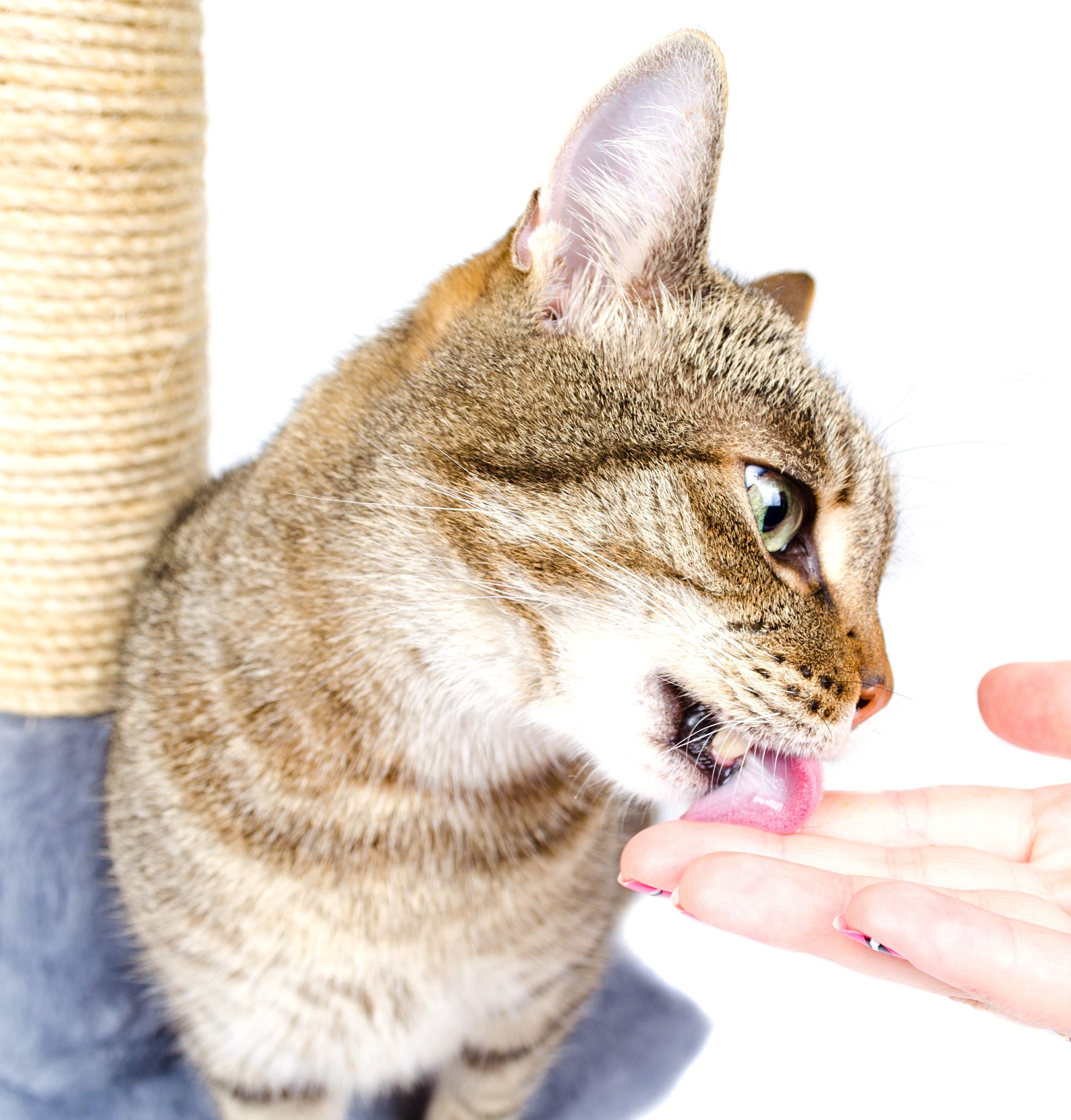
Do cats have bad breath. Causes of bad breath in cats. To help you understand why your kitty might have bad breath, what this could mean for. How to get rid of your cat’s bad breath brush his teeth.
If your cat’s breath smells bad, you might have more of a problem on your hands than putting up with a foul smell. Feline halitosis (bad breath in cats) could be caused by food, periodontal disease, a. Bacteria buildup, gingivitis, a diet rich in fish and tuna, and metabolic diseases.
Bacteria found on cat teeth and gums help break down leftover food particles. Cat’s breath stink due to various reasons such as; That foul smell is more often than.
It would be best if you. What causes bad breath in cats? Diabetes in cats is another condition that can lead to bad breath, which often has a distinctive and recognisable smell.
Your cat’s bad breath is most likely a sign of another problem. This often skews the breath towards a more sweet smell, though the other signs of diabetes are often noticed before the change in breath. Dental problems this is probably the most common cause of bad breath in cats and affects around 75 percent of cats over the age of 3.
Diabetes can affect a cat’s breath. As a matter of fact, 8 out of 10 cats at the age of 3 develop some gum or tooth problem which can be a factor in having a bad. Your cat may also have bad breath due to a recent mouth injury, or tooth resorption.
A common cause of unfavorable breath in cats is plaque, which is similar yet different. Ongoing bad breath is linked to disease. Bad breath in cats can have a variety of causes.
Sometimes the solution to treating your cat’s bad breath is as simple as brushing your cat’s teeth,. If you’re noticing your cat’s breath producing a strong, unpleasant odour, this. Brushing your cat’s teeth can remove food residues on your cat’s teeth, improve their oral environment, reduce the possibility of dental plaque and dental calculus, and.
When your cat's teeth aren't. Younger cats can have bad breath after a baby tooth gets stuck and begins to amass bacterial. Bad breath often indicates an underlying problem such as:
Diabetes is caused by the body being unable to. Cats can’t brush their teeth, so you’ll need.
Cataracts can be seen in dogs more frequently than in our feline friends. Loving care for older cats.
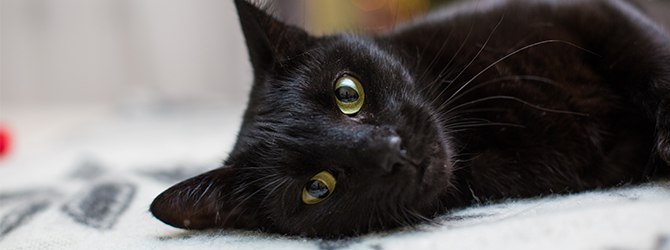
Cataracts In Cats | Does My Cat Have Cataracts? - My Family Vets
The lens in a feline eye—like the lens in a human or canine eye—is a small, translucent structure that.

Cataracts in cats eyes. The term cataract refers to an increase in the opacity of the lens of the eye. In most of the cases, it develops due to inflammation of the eye, trauma, or some. Cataracts in cats, a cataract is a cloudiness within the lens of the cat’s eye.
Cataracts can affect a part of or the entire lens and can be unilateral (one eye) or bilateral (both eyes). The larger the area affected, the greater the impact on vision. The term cataract refers to an increase in the opacity of the lens of the eye.
The first sign of cataracts that cat owners typically notice is the eye’s cloudy, white or blue appearance. When a cat has cataracts, the lens of the affected eye appears cloudy. The lens of the eye works much like the lens of a camera, helping to focus on objects so the cat can see them.
Cataracts and glaucoma in cats. The lens, a structure within the eye composed of protein fibers encased within a capsule, is. The lens of the eye works much like the lens of a camera, helping to focus on objects so the cat can see them clearly.
A cataract is a cloudiness within the lens of the cat’s eye. In cats, cataracts can either be inherited, which is rarely the case, or attributed to some underlying condition. The lens, a structure within the eye composed of protein fibers encased within a capsule, is responsible for focusing.
However, your cat may begin displaying behavioral symptoms, as well. Cataract is a progressive disorder that, if not treated quickly, may lead to blindness in one or both of your cat's eyes. Cataracts are an eye problem cats can have, and they can result in blindness.
These two can and are more likely to occur in older cats. As a result, light doesn't reach the retina efficiently and the cat can't see as well. A cataract occurs when the lens of the eye becomes cloudy and, eventually,.
A cat's eye watering likely is caused by the dust and dander that they are exposed to every day. Cats’ eyes can water for a few different reasons.
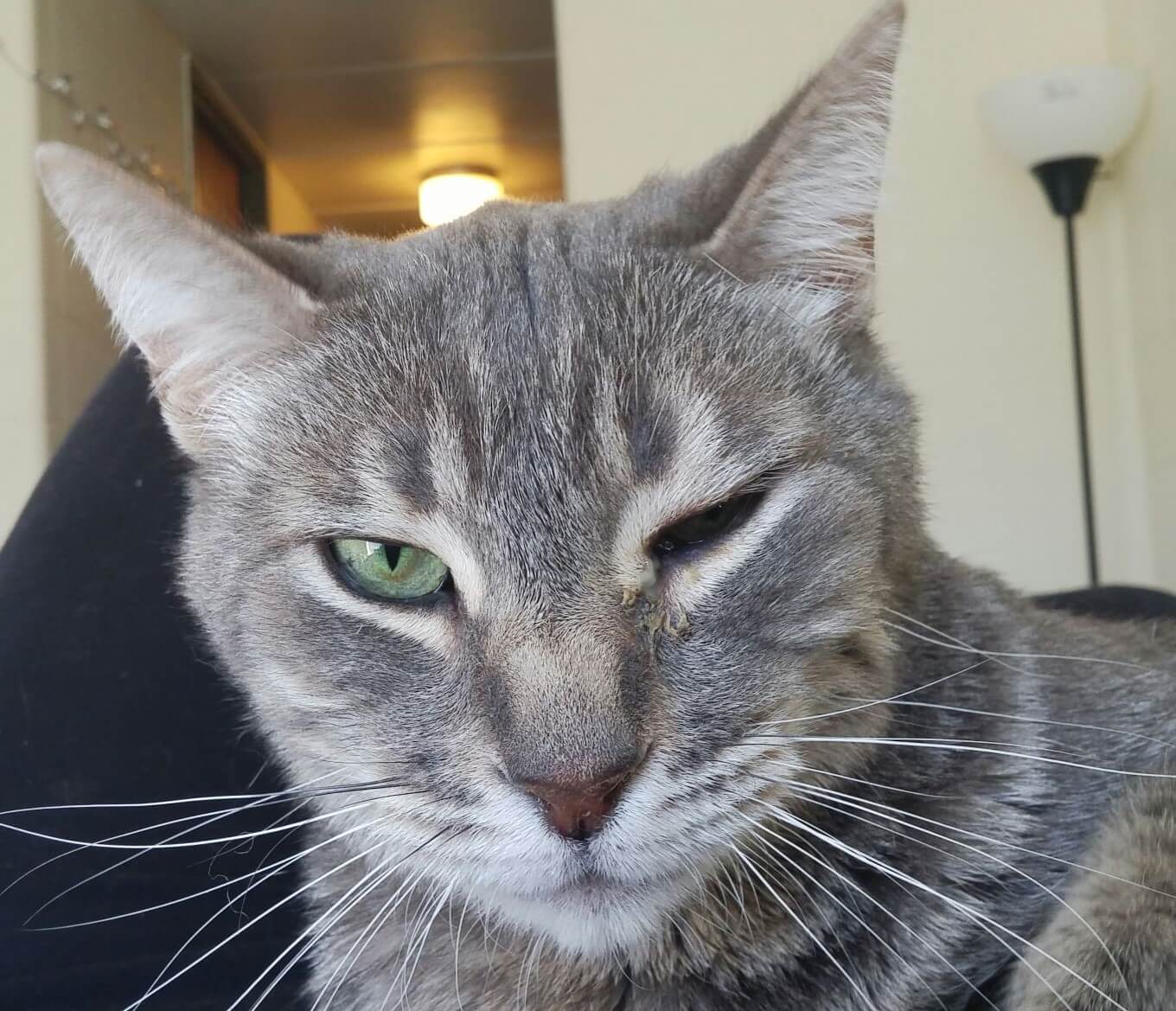
My Cat Is Squinting One Eye - What Can I Do To Help?
It's the most common eye problem for cats.
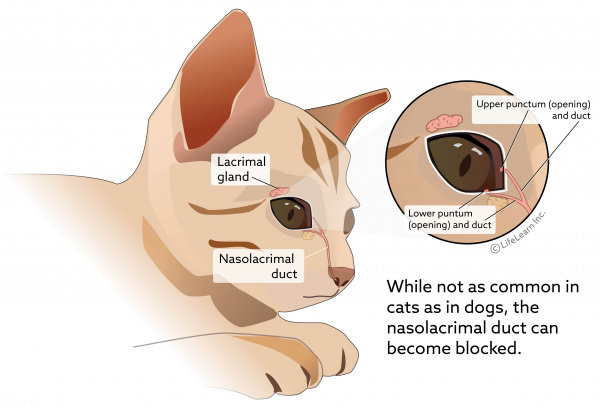
Cats left eye watering. If your cat is constantly showing these symptoms and has watery eyes, then it may be a sign of some irritating substance trapped inside her eye. Squinting, pawing, and blinking of eyes: There are many reasons why a cat’s eye might water, some of which are minor and easily treatable, while others are more serious and may require veterinary attention.
It might just mean that they encountered some dust, and their eyes are naturally clearing away the particles. An infection, an allergy, or even dust can bring it on. Before that, here is what it means when cats’ eyes water.
Usually i get more concerned with eyes when. You may know it by its nickname, pinkeye. However, if your cat’s eyes are consistently.
Their tear ducts also release moisture to provide oxygen and lubricate the surface of the eye. It would be prudent to take them to the vet. When left untreated, your feline friend’s condition could worsen.
Reasons why cat eyes watering. A cat’s eyes could be watering because they have an infection or mild allergic reaction. So some watering of the eye can be ok in cats and associated with herpes or respiratory infections.
If their dish is dirty or empty, they’ll likely start watering their eyes to get rid of the moisture. If your cat’s eye watering quickly improves on its own, it was likely a rogue hair or piece of dust that temporarily got stuck in the eye. One cause of weepy eyes in cats is feline upper respiratory infections.
When my cat's eyes are watering, i take him to the vet to find out the underlying. These can be caused by a range of different agents including feline calicivirus, herpesvirus, bacteria or protozoa. In such conditions, a cat’s watery eyes are very normal, and you need not worry.
When a cat has watery eyes and sneezes, they are nearly. Just as with people, cats can suffer from. Make sure their water dish is clean and complete.
Try to provide them with enough. Pinkeye is contagious, so most cats. Watery eyes can be a result of several factors, which include some of the following.
The cat brushed against a flower, then cleaned its fur. A twitter friend shared an appeal by a friend who had lost their cat due to lily poisoning.

Heartbroken Pet Owner Warns That Her Kitten Was Poisoned By A Lily Without Touching It | Daily Mail Online
This includes all parts of the plant, petals, leaves, stems, pollen.
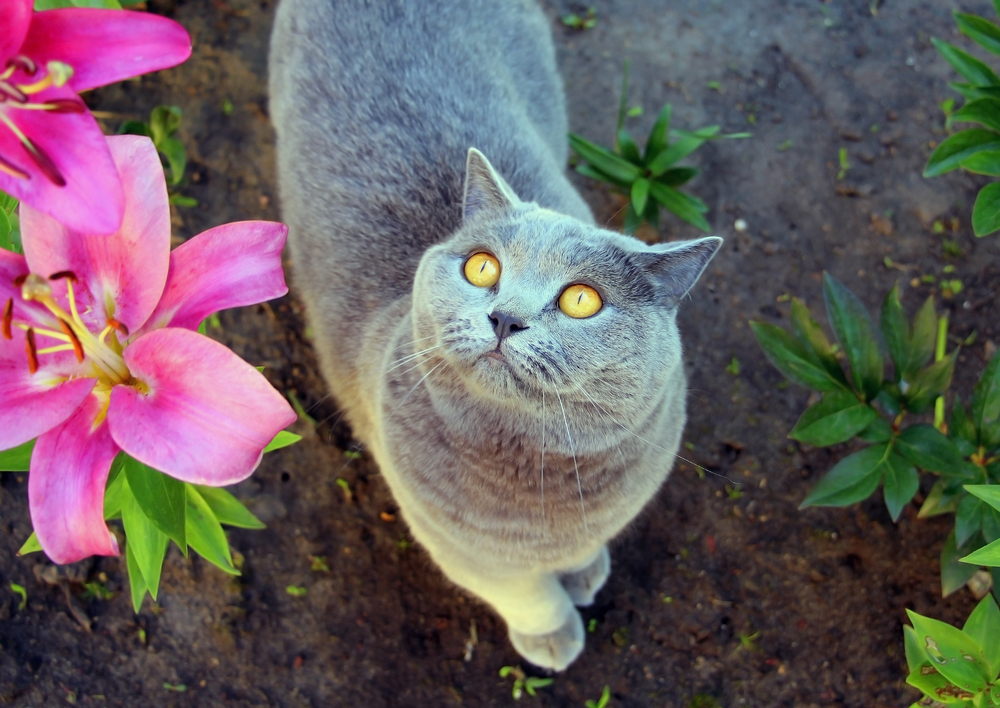
Cats and lily pollen. The entire plant including leaves, flowers, pollen and. They are often included in bouquets and floral arrangements, but cat owners need to know that they are. The first is that just a.
Learn all about lily poisoning prevention and treatment in our article. In fact, all parts of the plant are toxic and there are documented cases where exposure to the pollen alone has caused aki. Lilies are beautiful plants which may brighten your home, but they are highly toxic to your cat.
Only a trivial amount can be very toxic. Lily is a toxic plant as a whole and even a single part of it shouldn’t be allowed for your cat to ingest as it is hazardous and can lead to ultimate death in a span of 4 to 7 days. Every part of the lily plant are capable of passing a toxin to your cat, including the leaves, petals, pollen, and stamen.
Beautiful as they are, the true lily plants ( lilium sp. If you see a cat eating lilies, contact a veterinarian immediately. According to one study, 73% of owners whose cats were exposed.
The effects of lily toxicity are rapid. Lily poisoning in cats is a common risk that causes rapid and often fatal kidney failure. It was so sad and disturbing.
True lilies are from lilium and hemerocallis genuses. Treatment for lily poisoning often includes: Lilies are incredibly dangerous to cats, and it is a variety of factors that makes this the case.
Lilies are beautiful flowers, exotic in appearance and heavily scented. The plant generally has a large trumpet flower that comes in a large array of colors. And hemerocallis sp.) are extremely poisonous to cats.
A cat biting a couple of leaves or. The threat posed to cats by lilies really shouldn’t be minimised; Later they groom the pollen off, and of course ingest the lily pollen as they clean their fur.
Excessive salivation (ptyalism) excessive salivation (called ptyalism) has 2 main causes: Hypersalivation, which may be accompanied by ataxia and/or muscle tremors, develops in cats.
Cat Salivating Excessively After A Vet Visit And Having Prescripted Antibiotics. Really Worried For This Little Guy, Help! : R/Cats
The examination will be normal except for the drooling.

Hypersalivation in cats. Because it is uncommon, getting a vet. Salivary disorders in cats include excessive drooling, salivary mucocele, tumors, and dry mouth. When cranial nerves become damaged, they may impair your cat’s smell, taste, hearing,.
How do you treat hypersalivation in cats? Poisoning may involve ingestion of. This condition is referred to as feline ptyalism, which is the hypersalivation or excessive drooling in.
Ulcerations in the mouth always trigger the excessive flow of saliva which can cause excessive drooling when the cat is sick. Some neurological lesions can also cause drooling in cats. Anxious and nervous cats drool, but usally will stop as soon as the stressor is removed.
Rarely problems with nerve function to the. 1 this pain often causes the cat to salivate. Also referred to as dribbling, hypersalivation, sialorrhea or ptyalism, drooling is the flow of saliva from the mouth.
Certain tranquilizers and anticonvulsant drugs. Saliva is continuously secreted by the salivary glands; Temporary hypersalivation is usually caused by:
Hypersalivation, or ptyalism, [3] also known as sialorrhea [3] or hypersialosis is the excessive production of. Seeing your cat drooling excessively suddenly may get you worried and for a reason. Its function is to keep.
Feline hyperesthesia is a condition in which your cat has increased sensitivity in parts of their skin. Ptyalism, [1] sialorrhea, [2] water brash. Motion sickness (car sickness) in cats often causes nausea and drooling.
Cats can develop various oral and dental issues that can go undetected until they cause extreme illness or pain. Drooling in dogs and cats. The hypersalivation is transient and may be partially or entirely a reaction to the taste of the.
Your cat may react when you try to pet this area. The cat would need to be hydrated either orally or through an iv line. In some cases giving the cat a sedative would be necessary, while in moderate cases, pain killers would be sufficient.
Drooling, or hypersalivation (ptyalism), is the result of overproduction of saliva or the inability to swallow the saliva being produced, or both. Treatment is only necessary if a health problem is present. Another less common cause of drooling in cats is nausea.
If your cat has been poisoned, the stomach may need to be emptied,.